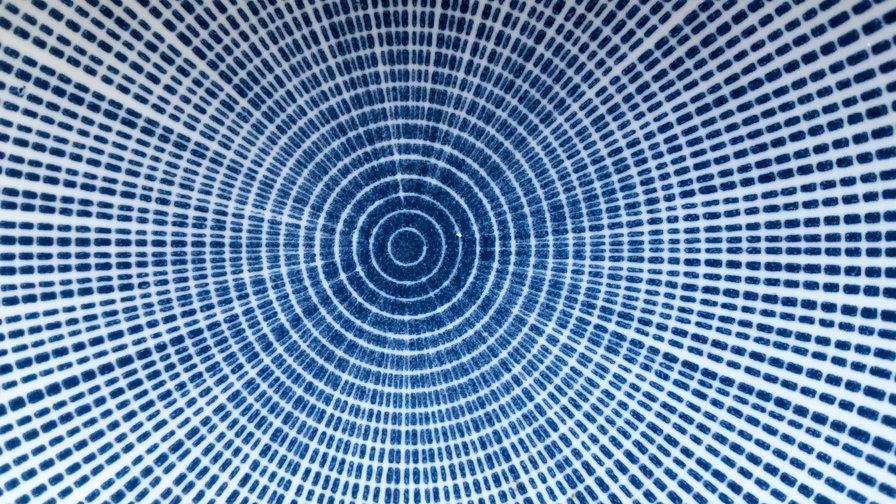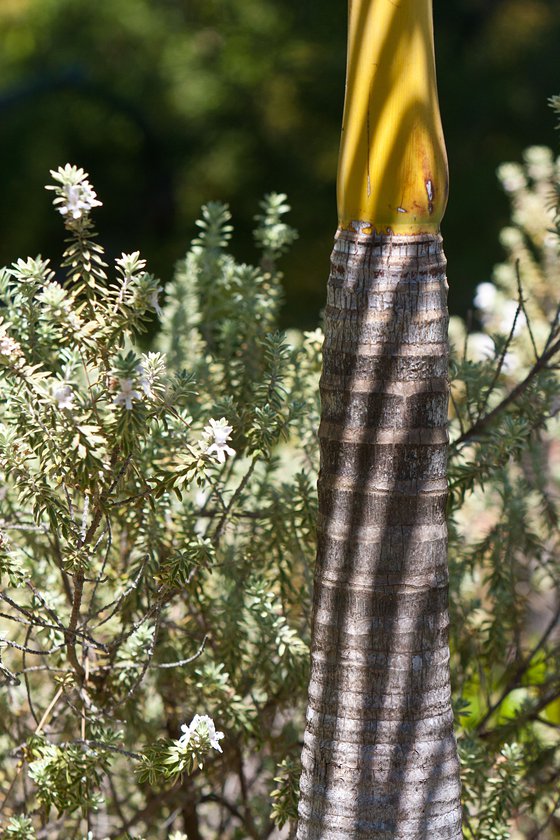Linkage
-
Mathematics as a team sport (\(\mathbb{M}\)). What a week-long research workshop at Oberwolfach (or Dagstuhl, or many similar retreats) can be like. The workshop in the link is on low-dimensional topology, but the story would be the same for many other subjects. In late March, instead of attending a Bellairs workshop, we all collaborated remotely. I think we got a fair amount of research accomplished, but I didn’t have the same sense of all being brought together to do that one thing.
-
Semidefinite programming bounds for the average kissing number (\(\mathbb{M}\)). Spheres kiss by touching with no overlap. The kissing number is how many unit spheres can touch a central one, and lattice kissing number is how many can touch in a lattice packing; both are 12 in 3d. Average kissing number is for finitely many non-unit spheres. It is ≥ lattice kissing number and ≤ 2x kissing number. One of my papers has a slightly better lower bound in 3d, and now we have better upper bounds in many dimensions.
-
320 Random Acts of Maths (\(\mathbb{M}\)). Pocket-sized problems, teasers, curios, provocations, inspirations, etc.
-
Mochizuki will publish his purported proof of the abc conjecture in the journal of which he is editor in chief (\(\mathbb{M}\), via). “The latest announcement seems unlikely to move many researchers over to Mochizuki’s camp.”
-
The ring lemma (\(\mathbb{M}\)). New Wikipedia article on the ratio between sizes of adjacent circles in a circle packing.
-
Computing linkages (\(\mathbb{M}\)). Article by Andries de Man on computing devices built with hinged rods instead of electronics or gears.
-
Doyle spiral explorer (\(\mathbb{M}\)). If you slur “Doyle spiral” enough it kind of sounds like “Dora”. You can also Möbius transform these things and get double spirals.
-
This photo (\(\mathbb{M}\)) is actually from a year ago but I neglected to upload it then and only rediscovered it recently while attempting to explain to an older relative, over the phone, how to attach images to text messages. It’s a shallow Showa bowl from Japan, bought when my wife and I visited Tokyo three years ago. We usually hold fruit in it; at the time I posted, it held three bananas and three lemons.
-
C. Doris Hellman, historian of astronomy (\(\mathbb{M}\)), now a Good Article on Wikipedia. Through Hellman’s work on the Great Comet of 1577, historians came to see how Tycho Brahe’s observations of the comet moving unobstructed through translunar space became key evidence for heliocentrism and against the geocentric model of crystal spheres holding up the planets. She also translated the definitive biography of Johannes Kepler from German into English.
-
Found in Friedman’s A History of Folding in Mathematics, p. 71, a quote from Francesco Maurolico from 1537 (\(\mathbb{M}\)): “Item manifestum est in unoquoque regularium solidorum, numerum basium coniunctum cum numero cacuminum conflare numerum, qui binario excedit numerum laterum”. Except for the fact that he considers only Platonic solids, this is Euler’s formula \(V-E+F=2\) for convex polyhedra (in the equivalent form \(F+V=2+E\)), long before Euler (1752) and Descartes (1630).
-
Convex hull (\(\mathbb{M}\)), now a Good Article on Wikipedia.
-
Appreciations of John Conway, following his death from the coronavirus (\(\mathbb{M}\)):
-
Wake up! (\(\mathbb{M}\), via). A five-year-old blog post by David Mumford on the problems of corporate takeover of academic publishing, and the ensuing destruction of traditional author-editor relations.
-
utf8 everywhere (\(\mathbb{M}\), via). Mostly a manifesto about how we should be using utf8 instead of utf16 for unicode text files. But I think the sentiment that we should be treating utf8 as the default instead of ascii (which still is the actual default in many situations) is also valid.
-
In the previous batch of photos the stripy shadows were artificial (caused by the slats of a trellis shading our patio) but this time they’re natural: they come from the fronds of one of the palm trees in our garden, shading the trunk of the tree (\(\mathbb{M}\)).

